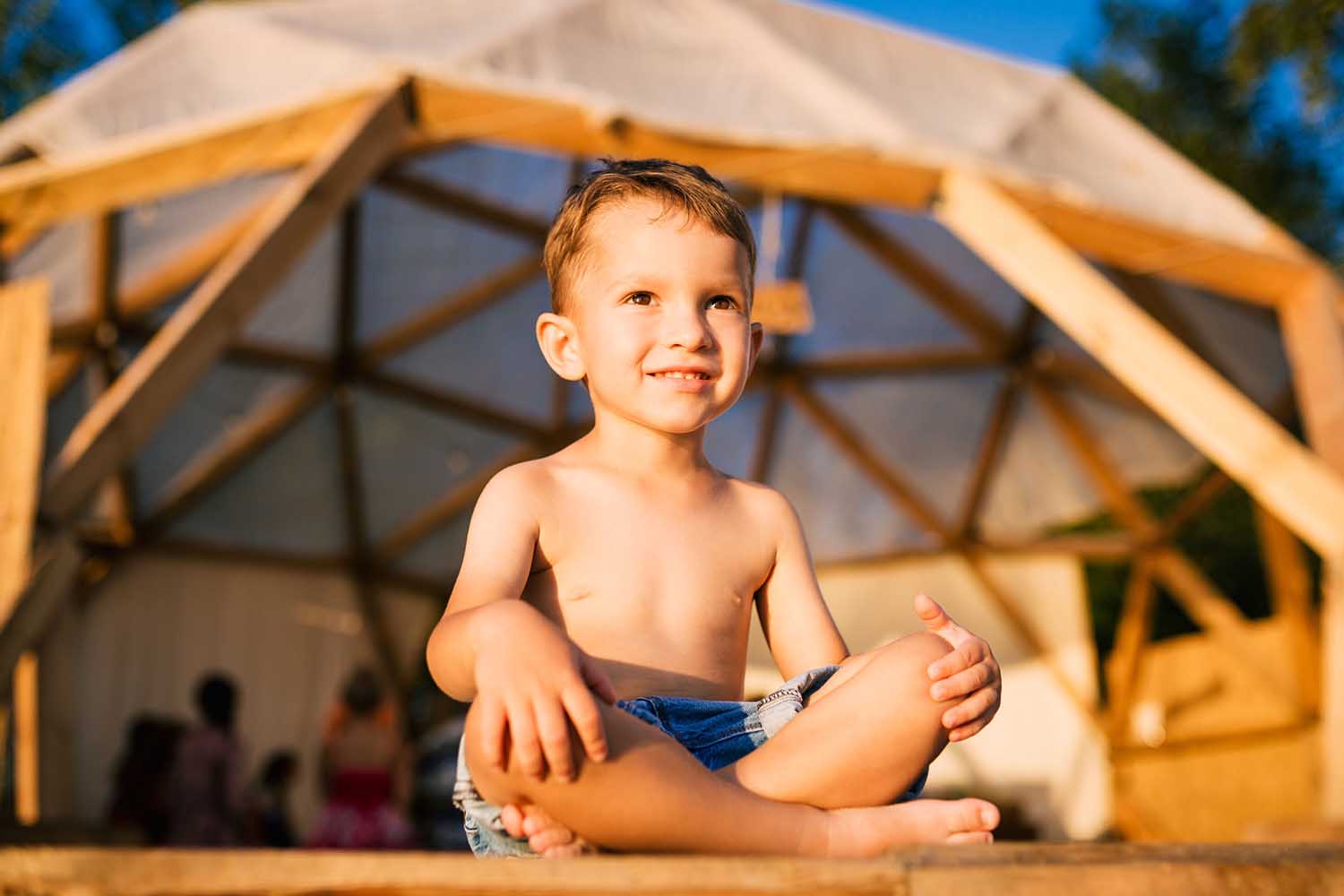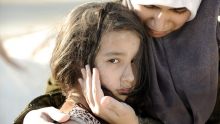Building resilience in children & youth
Introduction
Resilience is the process of harnessing biological, psychosocial, structural, and cultural resources to sustain wellbeing. — Catherine Panter-Brick, James F. Leckman (2013)
Early adversity can set the stage for children not to reach their full developmental potential. This reality is compounded by the situations of war, conflict, and displacement to which children and families are exposed. Today hundreds of millions of young people live in countries affected by armed conflict (Ending Violence in Childhood: Global Report, 2017 and Pathways for Peace Inclusive Approaches to Preventing Violent Conflict, 2018). Finding ways to support these children, youth and families has never been more urgent. One approach that is gaining ground is finding ways to promote resilience. Resilience is not an attribute of the individual, but the process by which people seek out resources to maintain wellbeing.
The scientific inquiry to resilience began in the 1970s (Ann S. Masten, Ordinary Magic: Resilience in Development, 2015) and developed into an important framework for scholars, practitioners, and policy-makers working around the globe. (See Resilience Research Center).
“A lens on resilience shifts the focus of attention – from concerted efforts to appraise risk or vulnerability, towards concerted efforts to enhance strength or capability. It also shifts the focus of analysis – from asking relatively limited questions regarding health outcomes, such as what are the linkages between risk exposures and functional deficits, to asking more complex questions regarding wellbeing, such as when, how, why and for whom do resources truly matter” (Panter-Brick & Leckman, 2013, pp. 333).
Or, as stated by Professor Catherine Panter-Brick at Yale, in a recent article in Science magazine, “resilience research is not about rescuing victims of chaos, rather it calls for identifying potential sources of strength that young people can draw on to survive, even thrive. It’s about reshaping their lens on the world” (Underwood, 2018).
Thus, we need to determine what interventions are most effective within specific contexts as well as within the time frame of human development and evolutionary life history; and how do we best measure domains of human experience, to uncover ways in which individuals and communities withstand adversity?
Statements of the field
-
In the Journal of Child Psychology and Psychiatry, Alastair Ager states in his annual research review, “There has been an irrepressible surge in usage of the term resilience within scholarly literature over the past two decades, as shown by library content of electronically accessible literature…” (Ager, 2013, p. 489).
-
In the Annual Review of Anthropology, Catherine Panter-Brick states in her article on health, risk and resilience, “Resilience-based approaches offer the welcome promise of a paradigm shift in fields of academic research and policy: They offer models of research and practice predicated on strengths rather than on vulnerabilities, capabilities rather than deficits, resources rather than exposures, transformation rather than stasis. With specific reference to global health, resilience based approaches emphasize notions of well-being rather than survival, salutogenesis rather than pathology, and the promotion of human dignity rather than mere alleviation of human misery” (Panter-Brick, 2014, p. 438).
Culture and resilience
In the edited volume “Youth Resilience and Culture: Commonalities and Complexities”, Catherine Panter-Brick conveys in her chapter on culture and resilience, “Research on resilience offers limited insights where culture is relegated to the role of a single predicting variable. Culture, like gender, is not an independent variable. A reductionist framework is particularly important to avoid when working with youth, who are likely to navigate multiple, changing, and often contradicting world views. Culture is best defined as shared knowledge or shared expectation – a shared understanding of the world. Resilience is best defined as the process of harnessing resources in contexts of significant adversity to sustain end goals” (Panter-Brick, 2015, pp. 233-244).
Contributor: Catherine Panter-Brick, Ph.D., serves as Expert Consultant to the ECPC. She is Professor of Anthropology, Health, and Global Affairs at Yale University, where she directs the Program on Conflict, Resilience, and Health.
References
-
Ager, A., Annan J, Panter-Brick, C. (2013). Resilience – From conceptualization to effective intervention. Policy brief for humanitarian and development agencies.
-
Panter-Brick, C., & Leckman, J.F. (2013). Editorial commentary: Resilience in child development–interconnected pathways to wellbeing. Journal of Child Psychology and Psychiatry, 54 (4): 333-336.
-
Panter-Brick, C. (2014). Health, risk, and resilience: Interdisciplinary concepts and applications. Annual Review of Anthropology 43: 431-448.
-
Masten, A.S. (2015). Ordinary Magic: Resilience in Development. New York, NY: Guilford Press.
-
Panter-Brick, C. (2015). Culture and Resilience: Next Steps for Theory and Practice. In Linda C Theron, Linda Liebenberg, and Michael Ungar (Eds.) Youth Resilience and Culture: Commonalities and Complexities, Springer, pp. 233-244.
-
Know Violence in Childhood. (2017). Ending Violence in Childhood: Global Report 2017. Know Violence in Childhood. New Delhi, India.
-
Underwood, E. (2018). In war zones and refugee camps, researchers are putting resilience interventions to the test. Science, Social Sciences, 360 (6387).
-
United Nations; World Bank. (2018). Pathways for Peace: Inclusive Approaches to Preventing Violent Conflict. Washington, DC: World Bank. © World Bank.
Links
Topics & initiatives
|
|
JOIN THE CONVERSATION
For breaking news and to stay connected, follow us on social media. Sign up to get our E-News delivered straight to your inbox.



